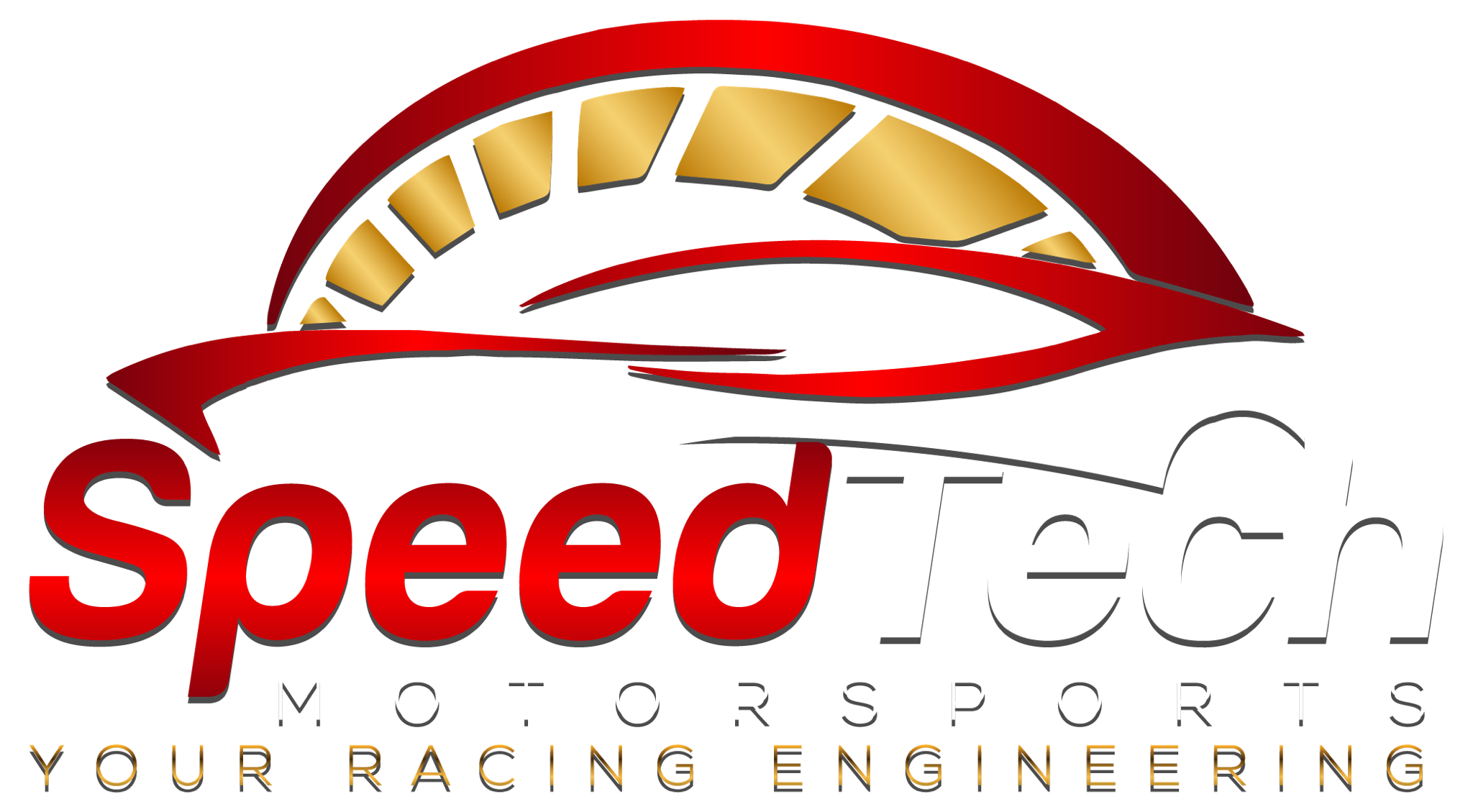How the direct injection fueling system works
The engine’s fueling system can operate to a maximum of over 2,900 psi (200 bar) of pressure to correctly spray and atomize fuel directly into the engine’s cylinders. This is in contrast to multi-port injection vehicles of the past which typically operated around 40-60 PSI provided by a low pressure fuel pump. To generate these enormous pressures, the 2.0T EA888 Gen 3’s variable low pressure fuel pump supplies fuel to a cam driven and solenoid fired HPFP which in turn supplies the injectors with fuel.
A four point cam lobe located on the exhaust camshaft drives the 2.0T EA888 Gen 3’s Hitachi Generation III HPFP. As engine speed increases, so does the pump’s ability to displace a greater volume of fuel per minute. The maximum volume the pump can deliver per revolution on the four point cam lobe is dictated by the stroke length from the cam lobe’s lift and bore diameter of the pump’s internal pressurizing cylinder, which is increased when upgrading to an APR HPFP. It’s important to understand, despite the name, APR’s HPFP upgrade is not necessarily designed to increase the engine’s fuel rail pressure. The primary goal is to increase the volume of available fuel.
The APR solution
The engine’s fueling system is very capable without modification. However, on vehicles where rail pressure drops below the requested values, the APR HPFP is necessary to keep up with demand. The APR HPFP addresses fueling needs by dramatically increasing the displacement of the HPFP by increasing the bore diameter of the pump’s internal pressurizing cylinder. In doing so the fueling system is capable of displacing a higher volume of fuel per minute at every RPM, satisfying fueling needs for various high horsepower applications. This upgrade is only required where suggested by APR.







Reviews
There are no reviews yet.